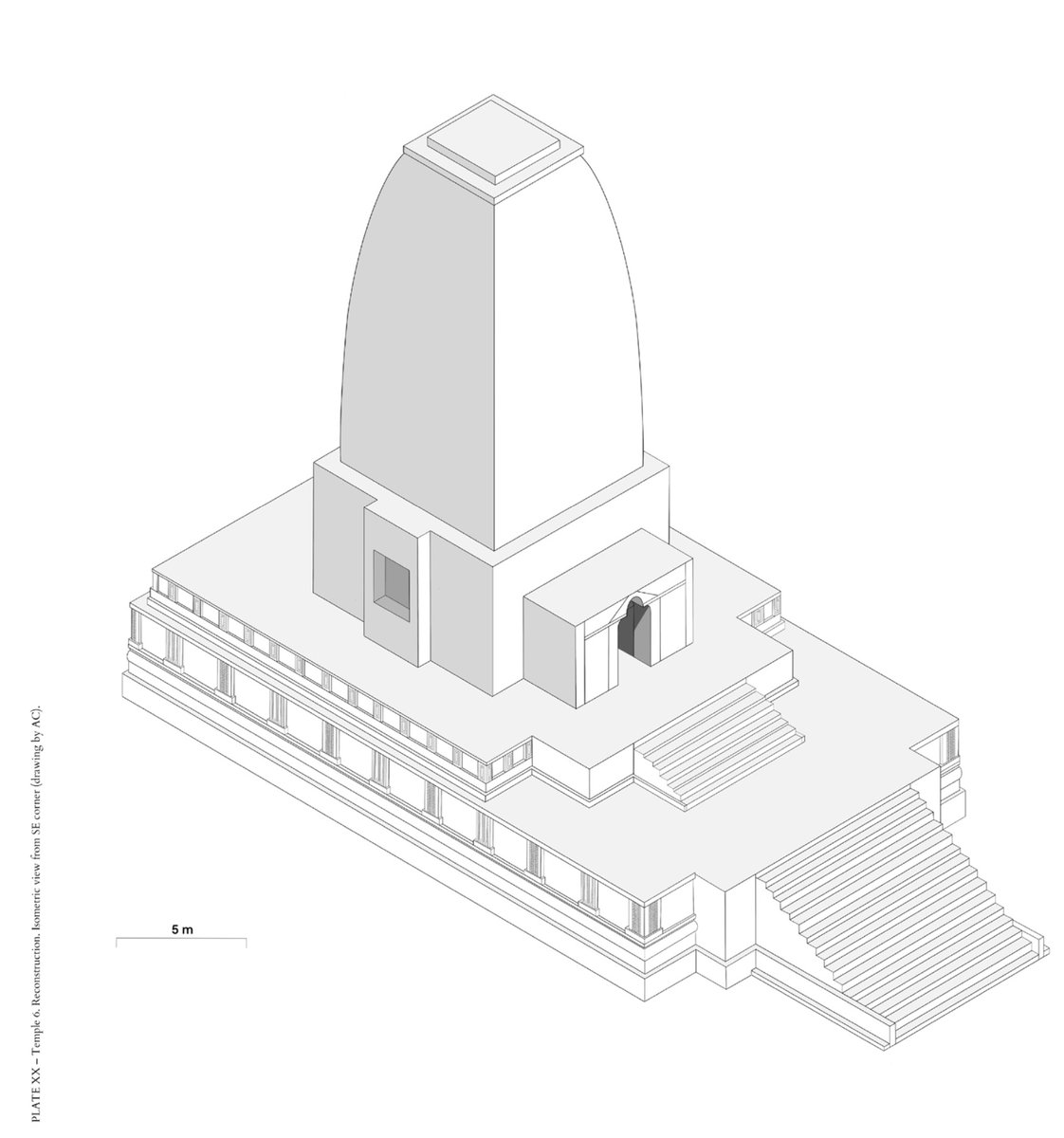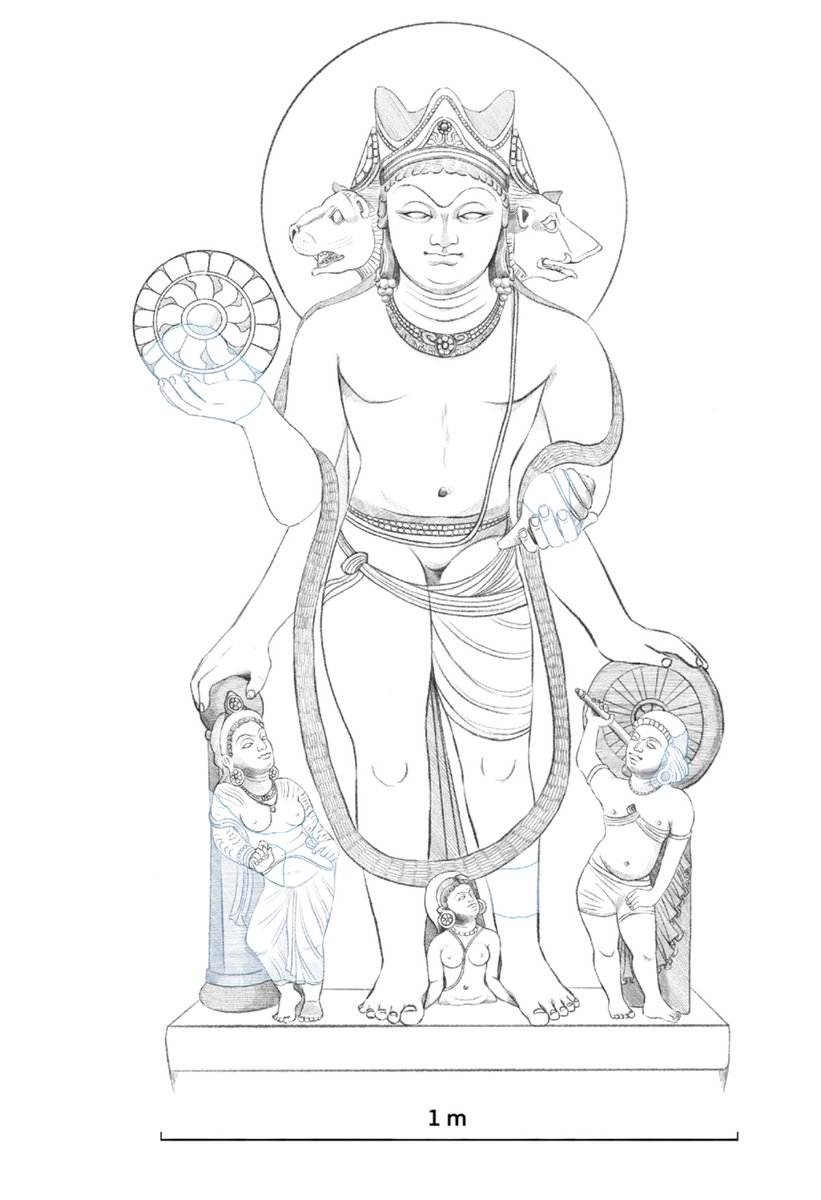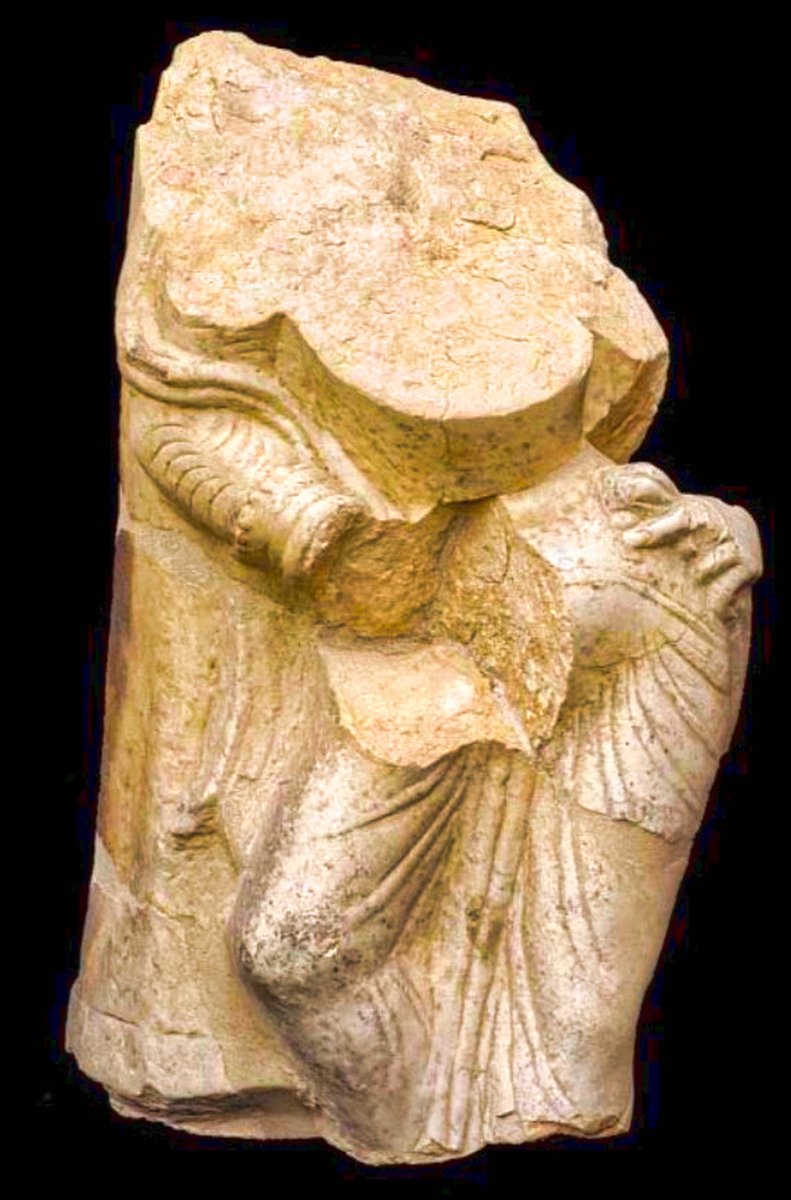
PhD Massachusetts Institute of Technology, Entrepreneur, Philanthropy (Skill schools, Indian Heritage). Pro-Merit, Opp-DEI.
How to get URL link on X (Twitter) App



 Vishnu statue (artist drawing, blue colored are ruins found). Marble Chakradevi (actual) with amazing details.
Vishnu statue (artist drawing, blue colored are ruins found). Marble Chakradevi (actual) with amazing details. 


 Samuel Evans Stokes, Jr., came into the world in a Quaker Pennsylvania family. His father, an entrepreneur, made a fortune building elevators. Young Samuel grew up wealthy, surrounded by books in a private library. His childhood buzzed with energy—happy, chaotic, and studious.
Samuel Evans Stokes, Jr., came into the world in a Quaker Pennsylvania family. His father, an entrepreneur, made a fortune building elevators. Young Samuel grew up wealthy, surrounded by books in a private library. His childhood buzzed with energy—happy, chaotic, and studious. 

 Sources: (Rapoport and Savage-Smith)
Sources: (Rapoport and Savage-Smith)

 What is Hinduism?
What is Hinduism?

 Locations: the archaeo-botanical discoveries are from sites all over India: UP, Bihar, Odisha, Bengal, Gujarat, Rajasthan, MP, MH, Haryana, Harappan sites in Pakistan, Assam, Nagaland, TN, AP, Karnataka and Kerala. All pre-300 AD.
Locations: the archaeo-botanical discoveries are from sites all over India: UP, Bihar, Odisha, Bengal, Gujarat, Rajasthan, MP, MH, Haryana, Harappan sites in Pakistan, Assam, Nagaland, TN, AP, Karnataka and Kerala. All pre-300 AD.

 Here are some scenes from Mahabharata found near Panjikent. These are scenes from the Virata Parva. Panels show the exile of Pandavas, Arjuna's skills, the gambling scene, etc.
Here are some scenes from Mahabharata found near Panjikent. These are scenes from the Virata Parva. Panels show the exile of Pandavas, Arjuna's skills, the gambling scene, etc. 

 Sources:
Sources:

 Prior to the discovery of Rajghat archaeological site in 1940, we had textual evidence. However, anyone can misrepresent, misinterpret or distort texts over time.
Prior to the discovery of Rajghat archaeological site in 1940, we had textual evidence. However, anyone can misrepresent, misinterpret or distort texts over time.

 James Prinsep sketches suggest there were a lot more temple ruins near Gyanvapi mosque in 1820s than today. Comparing the cover page above and the one below, we can see (1) desecrated Nandi, (2) pillar part, (3) desecrated statue, (4) bricked door and two tombs in his sketch.
James Prinsep sketches suggest there were a lot more temple ruins near Gyanvapi mosque in 1820s than today. Comparing the cover page above and the one below, we can see (1) desecrated Nandi, (2) pillar part, (3) desecrated statue, (4) bricked door and two tombs in his sketch. 

 Also: "These devils (the Germans) are spreading misery everywhere in the world [...]. They want to conquer the whole world as Ravan wanted to conquer the whole of India. And indeed the truth is that he managed to abduct Maha Rani Sita, the symbol of purity for a few days."
Also: "These devils (the Germans) are spreading misery everywhere in the world [...]. They want to conquer the whole world as Ravan wanted to conquer the whole of India. And indeed the truth is that he managed to abduct Maha Rani Sita, the symbol of purity for a few days." 

 After reclaiming it in 1858, Sikhs added structures, guarded the Rama puja hawan, calling it Ramachabutra and Sita Rasoi inside Babri masjid premises. Outside they hoist a Sikh flag (nishan).
After reclaiming it in 1858, Sikhs added structures, guarded the Rama puja hawan, calling it Ramachabutra and Sita Rasoi inside Babri masjid premises. Outside they hoist a Sikh flag (nishan). 

 For this thread, we set aside the tragic deaths of tens of thousands in communal violence before 1947 under British India watch.
For this thread, we set aside the tragic deaths of tens of thousands in communal violence before 1947 under British India watch.
 3. Vedic texts such as Taittiriya Aranyaka already list four means to correct knowledge. Samkhya, Yoga, Nyaya, Advaita etc have a corpus on Pramana.
3. Vedic texts such as Taittiriya Aranyaka already list four means to correct knowledge. Samkhya, Yoga, Nyaya, Advaita etc have a corpus on Pramana.
 3. BBC began serving the British Empire in 1933. It was UK's propaganda tool during WW2. All Indian Radio was set up by BBC's Lionel Fielden in 1935. (Simon Potter)
3. BBC began serving the British Empire in 1933. It was UK's propaganda tool during WW2. All Indian Radio was set up by BBC's Lionel Fielden in 1935. (Simon Potter)
 3. Puranas include multiple views. They see earth as round, call it bhumandala. But round can be a flat round disc, hollow bowl, donut, sphere, etc.
3. Puranas include multiple views. They see earth as round, call it bhumandala. But round can be a flat round disc, hollow bowl, donut, sphere, etc.